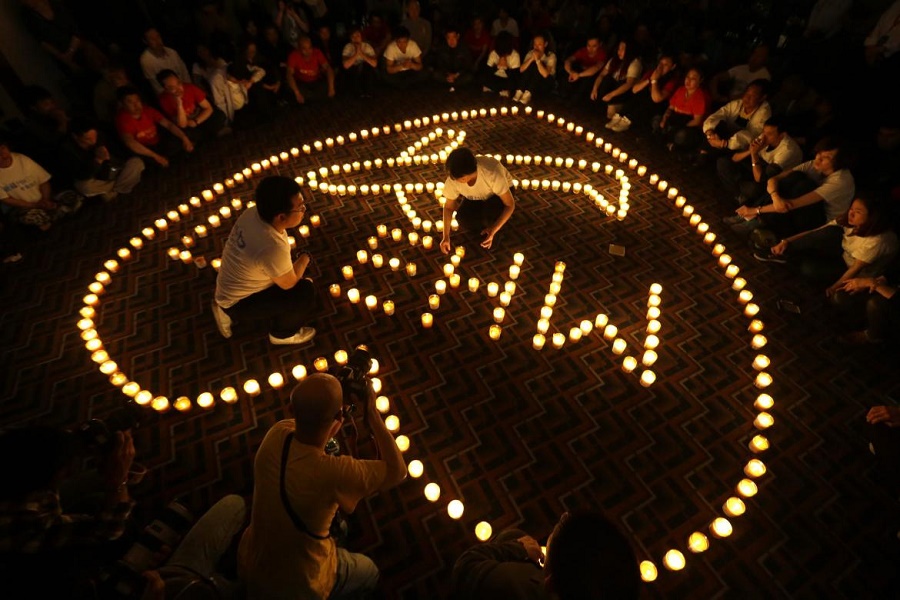
Australian Transport Safety Bureau crash investigator Peter Foley, the man in charge of coordinating the search for the missing Malaysia Airlines Flight MH370, has said the mystery will soon be solved.
Nine months ago, the Boeing 777 mysteriously disappeared on the way from Kuala Lumpur to Beijing with 239 people on board. An extensive sweep of the South China sea turned up no results, further frustrating families who have accused the Malaysian government of "delaying, concealing and cheating" over the investigation.
Since September, a team of 180 people have worked tirelessly, scouring the southern Indian ocean with "side-scanning" sonar equipment in an attempt to solve the history--and Foley is confident their efforts will yield results.
"At times the weather out there has been absolutely terrible, with ten to 12 metre seas," Foley told News Corp Australia.
"Something is going to wash up somewhere on the beach, most probably in Sumatra. We've had many people handing things into the local police.We send it off to Boeing and they identify it, but as yet we haven't positively identified anything from the aircraft. Things in the ocean take a long time to come ashore."
Foley added he believes that one of the main reasons no trace of the missing Malaysia Airlines plane has appeared is because searchers were previously looking in the wrong place.
"We will find the answer," he insisted, "it's important for the world to know what happened to this aircraft."
Meanwhile, Sir Tim Clark, the chief executive of Emirates, has accused Malaysian authorities of withholding information regarding the missing aircraft.
"I do not believe that the information held by some is on the table." he told the Sydney Morning Herald.
When asked what he thinks could have happened to MH370, he said that "probably control was taken of that" airplane. Detailed information about who was on the aircraft and "what was in the hold of the airplane" is what needs to be revealed, he added.
"If you eliminate the pilot on a suicide mission, I'm sure you could have put the aircraft in the South China Sea, rather than fly it for seven hours. So if he was on a suicide mission, he would have done it then. Who then took control of the aircraft? Who then knew how to disable ACARS and turn the transponder off? That is a huge challenge," explained Clark.
"Full transparency of that will help us to find out what went on."




























